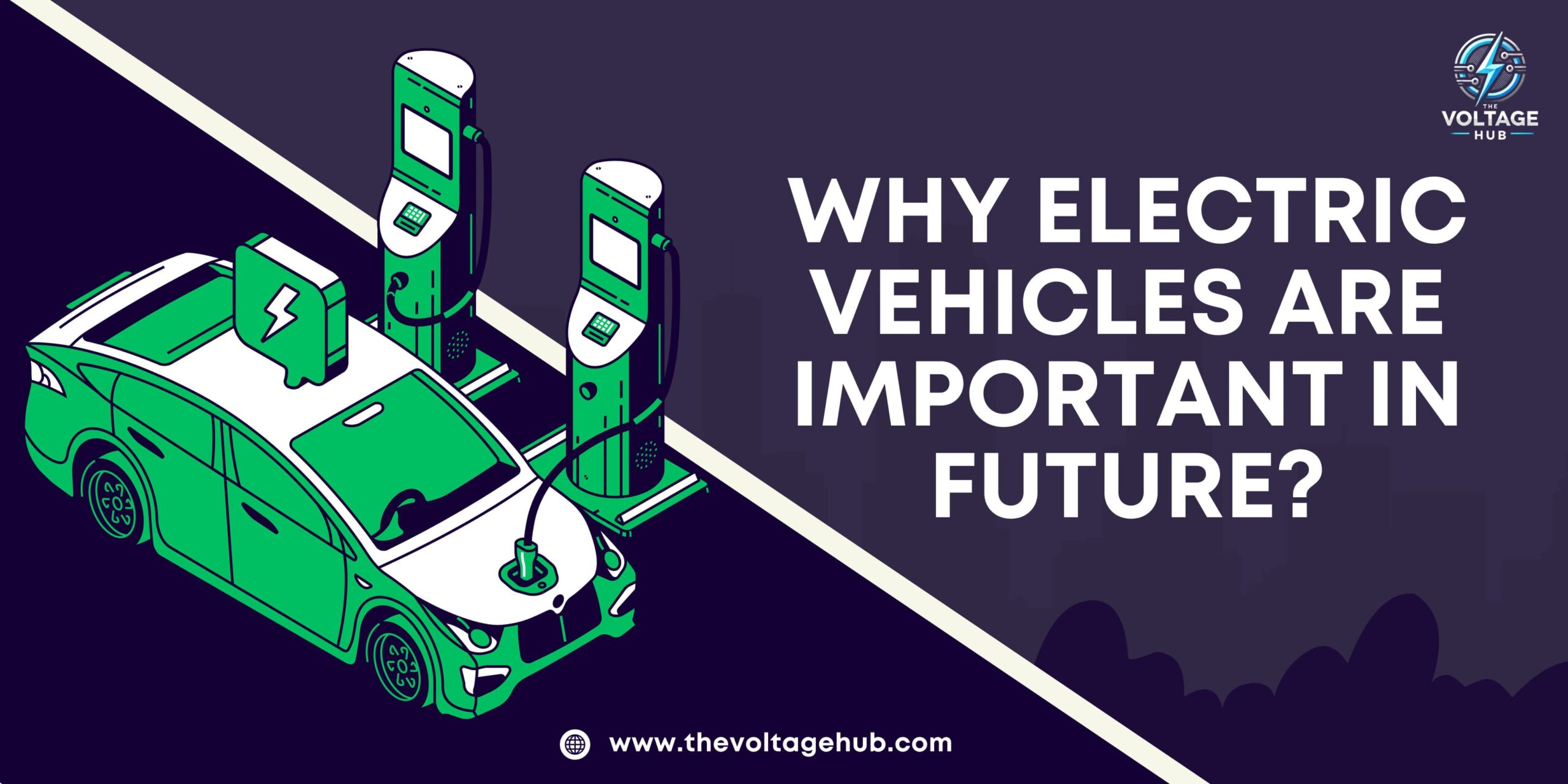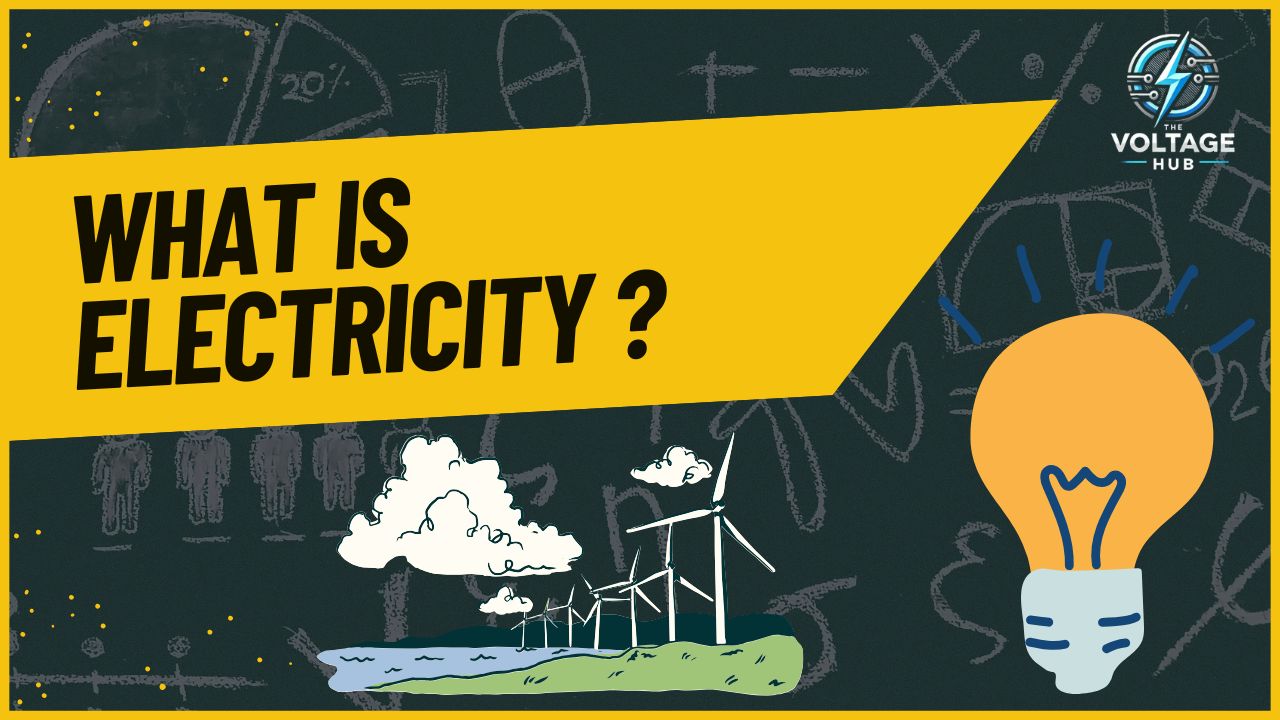Table Of Content
- 1 How Electric Vehicles and the Environment
- 2 The Hidden Environmental Costs of Electric Vehicles
- 3 Emerging Innovations to Improve EV Sustainability
- 4 Government Policies and Their Role in EV Adoption
- 5 The Future of EVs: Challenges and Opportunities
- 6 Are Electric Vehicles Truly the Best Solution?
- 7 Government Policies and Their Role in EV Adoption
- 8 FAQs
Electric vehicles (EVs) are often praised as the future of transportation, offering a cleaner and more sustainable alternative to traditional gasoline-powered cars. Governments and environmentalists promote them as a way to combat climate change and reduce air pollution. However, the truth about Electric Vehicles and the Environment is more complex than it seems. While EVs have many advantages, they also come with some hidden environmental costs that need to be considered. In this article, we will explore the real impact of electric vehicles on the environment and whether they are truly the best solution for a greener future.
How Electric Vehicles and the Environment
1. Reduction in Greenhouse Gas Emissions
One of the biggest advantages of EVs is the significant reduction in greenhouse gas emissions. Unlike gasoline or diesel vehicles, EVs produce zero tailpipe emissions, which improves air quality, especially in urban areas. According to studies, an EV produces up to 50% fewer emissions over its lifetime compared to an internal combustion engine (ICE) vehicle. However, the overall emissions depend on the energy source used for electricity generation.
2. Energy Efficiency
EVs are far more energy-efficient than traditional vehicles. While gasoline engines convert only 12-30% of fuel energy into motion, EVs can convert over 77% of the electrical energy from the grid into actual vehicle movement. This increased efficiency means lower energy waste and improved fuel economy.
3. Less Noise Pollution
Unlike ICE vehicles, EVs operate almost silently, reducing noise pollution in cities. Studies show that long-term exposure to high noise levels can cause stress, sleep disturbances, and even cardiovascular issues. The adoption of EVs can lead to quieter streets, enhancing urban living conditions.
4. Lower Maintenance Requirements
EVs have fewer moving parts compared to traditional gasoline or diesel vehicles.As a result, they tend to have lower long-term maintenance costs and a reduced environmental impact from vehicle servicing and discarded engine fluids.

The Hidden Environmental Costs of Electric Vehicles
1. Battery Production and Resource Mining
The biggest environmental concern of EVs is their reliance on lithium-ion batteries. The mining of essential materials such as lithium, cobalt, and nickel has a severe environmental impact:
- Deforestation and Habitat Destruction: Large-scale mining operations disrupt ecosystems and threaten biodiversity.
- Water Pollution: Toxic waste from mining sites contaminates local water sources, affecting both humans and wildlife.
- Human Rights Violations: In regions like the Democratic Republic of Congo, cobalt mining is linked to child labor and exploitative working conditions.
2. Carbon Footprint of Electricity Production
-
EVs themselves do not emit CO₂, but the electricity used to charge them may come from fossil fuel-based sources such as coal and natural gas. In countries where coal dominates power generation, the carbon footprint of EVs can still be significant. However, as renewable energy adoption grows, this issue will be mitigated.
3. Battery Disposal and Recycling Challenges
EV batteries contain hazardous materials that require careful disposal. Current recycling technologies are inefficient, leading to concerns about e-waste and landfill overflow. Developing cost-effective battery recycling processes is critical to reducing the environmental impact of EVs.
4. Increased Energy Demand on Power Grids
With a global transition to EVs, electricity demand will rise significantly. Without adequate renewable energy infrastructure, increased EV adoption could lead to higher fossil fuel consumption for electricity generation, offsetting their environmental benefits.
Emerging Innovations to Improve EV Sustainability
1. Solid-State Batteries
Researchers are developing solid-state batteries that are more efficient, safer, and environmentally friendly compared to traditional lithium-ion batteries. These batteries promise faster charging times, longer lifespans, and reduced reliance on scarce minerals.
2. Recycled and Alternative Battery Materials
Companies are exploring alternatives like sodium-ion and hydrogen fuel cells to minimize reliance on rare-earth metals. Sustainable battery production and closed-loop recycling systems will play a crucial role in future EV sustainability.

3. Wireless and Solar Charging Technologies
Wireless charging roads and solar-powered EVs are being developed to reduce dependence on grid electricity. These innovations could further improve the sustainability of EVs by utilizing renewable energy sources more efficiently. Know about more read this
Government Policies and Their Role in EV Adoption
1. Subsidies and Tax Incentives
Many governments worldwide are providing financial incentives to encourage EV adoption. These include tax credits, rebates, and lower registration fees. Such initiatives make EVs more affordable and accelerate their adoption.
2. Investments in Renewable Energy
To ensure that EVs are truly sustainable, governments must expand their investment in renewable energy infrastructure. Increased wind, solar, and hydroelectric power generation can make EV charging completely green.
3. Expansion of Charging Infrastructure
A robust network of charging stations is crucial for widespread EV adoption. Investments in fast-charging stations in urban and rural areas will address range anxiety and encourage more people to switch to electric transportation.
4. Battery Recycling Regulations
Governments need to enforce stricter regulations on battery recycling to prevent environmental hazards. Implementing extended producer responsibility (EPR) policies can push manufacturers to invest in sustainable recycling processes.
The Future of EVs: Challenges and Opportunities
1. Can EVs Replace Fossil Fuel Vehicles Completely?
While EVs are becoming increasingly popular, they still face challenges:
- High Initial Costs: The upfront cost of EVs remains higher than ICE vehicles, although this is expected to decrease as battery technology advances.
- Charging Infrastructure Gaps: In many regions, lack of charging stations makes EV adoption inconvenient.
- Long Charging Times: Although fast-charging technology is improving, charging times still lag behind the convenience of refueling a gasoline vehicle.
2. Role of Hybrid Vehicles
Hybrid vehicles, which combine gasoline engines with electric motors, are considered a transitional technology. They offer improved fuel efficiency while reducing emissions, making them a viable alternative until EV technology becomes more accessible.
3. Second-Life Applications for Batteries
Used EV batteries can be repurposed for energy storage in homes, businesses, and power grids. This could extend their life cycle and reduce overall environmental impact.
4. The Rise of Hydrogen Fuel Cell Vehicles
Hydrogen-powered vehicles are emerging as a competitor to battery-electric vehicles. Hydrogen fuel cells offer fast refueling times and longer ranges, making them suitable for heavy-duty transportation.
Are Electric Vehicles Truly the Best Solution?
While EVs are an essential step toward sustainability, they are not the ultimate solution. A holistic approach is required to create a truly sustainable future, including:
-
- Improving public transportation systems to reduce car dependency.
- Promoting cycling and walking infrastructure to encourage eco-friendly travel.
- Advancing battery recycling technology to minimize environmental impact.
- Expanding renewable energy production to power EVs sustainably.
Electric vehicles (EVs) are revolutionizing transportation by offering a cleaner, more sustainable alternative to traditional fuel-powered cars. They help reduce air pollution, lower carbon emissions, and decrease our reliance on fossil fuels. Running on electricity, especially from renewable sources, EVs contribute to a greener future. With rapid advancements in battery technology and expanding charging infrastructure, they are becoming more efficient and accessible.
To understand this topic in more detail, watch this video
Government Policies and Their Role in EV Adoption
1. Subsidies and Tax Incentives
Many governments worldwide are providing financial incentives to encourage EV adoption. These include tax credits, rebates, and lower registration fees. Such initiatives make EVs more affordable and accelerate their adoption.
2. Investments in Renewable Energy
To ensure that EVs are truly sustainable, governments must expand their investment in renewable energy infrastructure. Increased wind, solar, and hydroelectric power generation can make EV charging completely green.
3. Expansion of Charging Infrastructure
A robust network of charging stations is crucial for widespread EV adoption. Investments in fast-charging stations in urban and rural areas will address range anxiety and encourage more people to switch to electric transportation.
4. Battery Recycling Regulations
Governments need to enforce stricter regulations on battery recycling to prevent environmental hazards. Implementing extended producer responsibility (EPR) policies can push manufacturers to invest in sustainable recycling processes.
Final Thoughts
The truth about electric vehicles and the environment is complex. While they offer significant benefits over traditional gasoline-powered cars, they also come with hidden costs and challenges. However, with the right technological advancements, policy support, and infrastructure improvements, EVs can become a genuinely sustainable transportation solution. The transition to green mobility requires not only EV adoption but also a broader commitment to renewable energy and responsible consumption.
As consumers, governments, and industries work together, the dream of a cleaner and more sustainable future with electric vehicles can become a reality.
“To explore more about the future of electric vehicles, read the full article here: The Voltage Hub 🚗⚡🌍”
FAQs
How are electric vehicles harmful to the environment?
The concern lies in tyre wear, with Emission Analytics pointing out that EVs' heavier weight causes tyres to deteriorate faster, releasing harmful chemicals into the air. This is because most tires are made from synthetic rubber derived from crude oil
What is the biggest problem with electric vehicles?
Their batteries need rare metals. ...
Making electric cars creates more emissions. ...
They are only as green as their power sources. ...
Electric cars can be expensive to buy.
Are electric motors bad for the environment?
While any kind of electric motor continues to be manufactured in a fossil fuel burning facility, there will be a case that they will contribute to CO2 emissions in the same way as the production of fuel burning motors.






